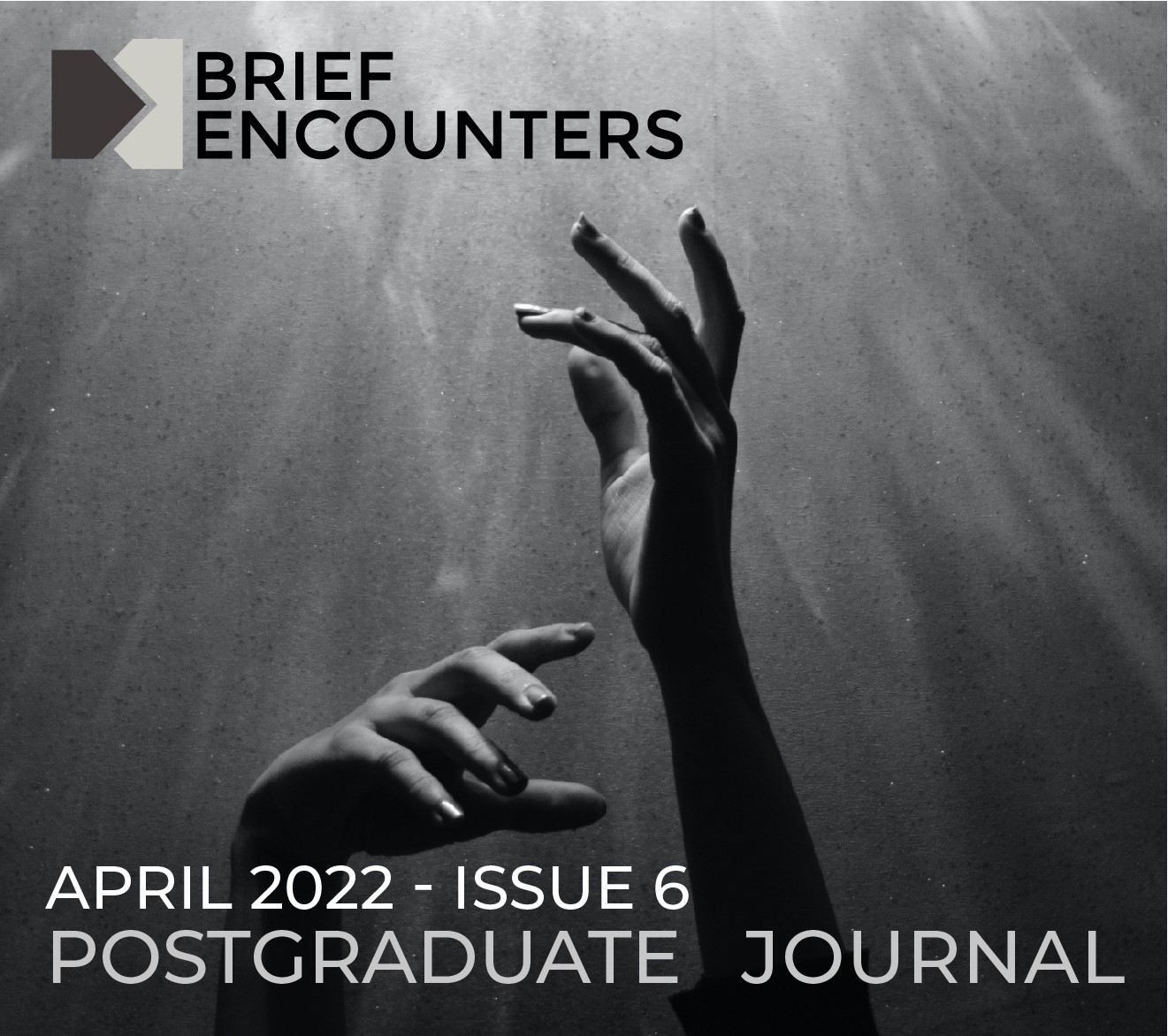Abstract
Christine Battersby describes the aesthetic category of the sublime as "overwhelming [...] terrifying; unrepresentable; revolutionary [while] also slippery, denoting a concept [...] subject to metamorphosis and flux," and resulting in the experience of "surrender or displacement of the ego." A similar definition may be claimed for the notion of queer, a subversive "category in flux" devoted to troubling both subjects and objects by submitting them to the lenses of strangeness and difference, ultimately destabilising regimes of cis-hetero-normativity. How and where do the categories of sublime and queer intersect? What type of cinematic aesthetics stems from their encounter, and what are its resulting social and political implications? This essay attempts to answer such questions through the close textual analysis of two West German productions - Werner Schroeter's Der Rosenkönig (1986) and Ulrike Ottinger's Johanna d'Arc of Mongolia (1989) - and the ways in which both films seek to introduce new canons of visual pleasure by employing highly stylized aesthetic elements symptomatic of a larger, political category of queer sublimity that is found to revolve around the eroticization of boundaries between Self and Other.
Keywords: Ulrike Ottinger; Werner Schroeter; German cinema; queer sublime; queer theory
How to Cite:
Venturi, T., (2022) “On the Threshold of Desire: Queer Sublime and Erotic Liminalities in Werner Schroeter’s Der Rosenkönig (1986) and Ulrike Ottinger’s Johanna d’Arc of Mongolia (1989)”, Brief Encounters 1(6). doi: https://doi.org/10.24134/be.v6i1.298
Downloads:
Download PDF
View
PDF

